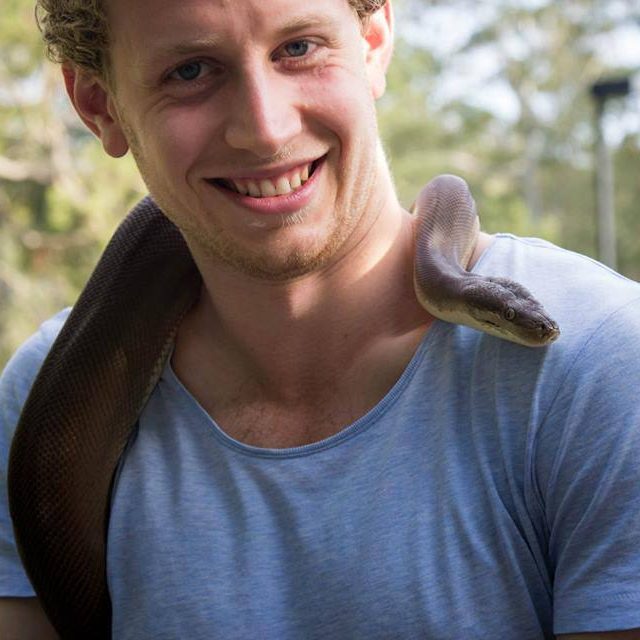Summer is finally here! Going for a bushwalk, doing some gardening or having a backyard BBQ are all great ways to spend the summer days, but it’s important to remember that humans aren’t the only ones out and about enjoying the warmer weather. Throughout spring and summer reptiles are more active as they search for food and mates. We are very lucky to have so many amazing native reptile species, however, a number of Australian snakes are highly venomous. We should appreciate venomous snakes for the fascinating and ecologically significant creatures that they are, yet also maintain a healthy respect for them. Knowing what to do if you or your pet comes into contact with a venomous snake is crucial.
What do I do if I come across a venomous snake?
If you come across a venomous snake, the most important thing to do is remain calm and stay as still as possible. Remember, snakes are equally, or more terrified of you, than you are of them, and usually move away quite quickly. If you see a snake in your backyard ensure that children and pets are kept well away and if the snake is in an unsuitable location, such as inside the house or garage, close the doors to that particular area. Call your local wildlife rescue organisation who will send out a trained snake catcher to safely relocate the animal. Never attempt to catch or kill a snake as this is when most people get bitten and it is also illegal to harm or interfere with native wildlife.
What do I do if my pet or I gets bitten by a venomous snake?
In the event that a person is bitten by a venomous snake, the Pressure Immobilisation Technique should be used.
This involves applying a firm bandage to the limb or part of the body where the bite has occurred, trying to keep the injured person/animal calm and still and calling an ambulance as soon as possible.
If you believe your pet may have been bitten by a snake, they must be taken to the vet immediately. The sooner the animal receives treatment, the greater their chance of a full recovery.
Signs of snake bite in a pet may include;
- Vomiting
- Paralysis
- Weakness
- Shaking or twitching
- Loss of bladder and bowel control
How can I prevent snakes from entering my yard?
In order to discourage snakes from entering your yard, there are several measures that can be taken. Keep areas around the home open and clear as snakes do not like being exposed. This includes keeping grass mowed and avoiding having piles of wood or rubbish lying around. If you have pets outside, such as birds, rabbits or chickens, keep the areas around their enclosures clean and tidy to help deter rodents, which in turn, will assist in keeping snakes away.
Most common venomous snake species:
Red-bellied Black Snake
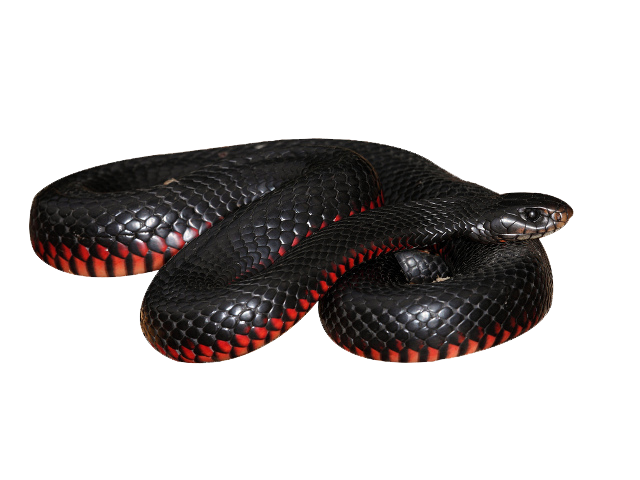
Appearance: Black body with red belly.
Size: Up to 2m
A shy and timid species, but highly venomous.
Eastern Brown Snake
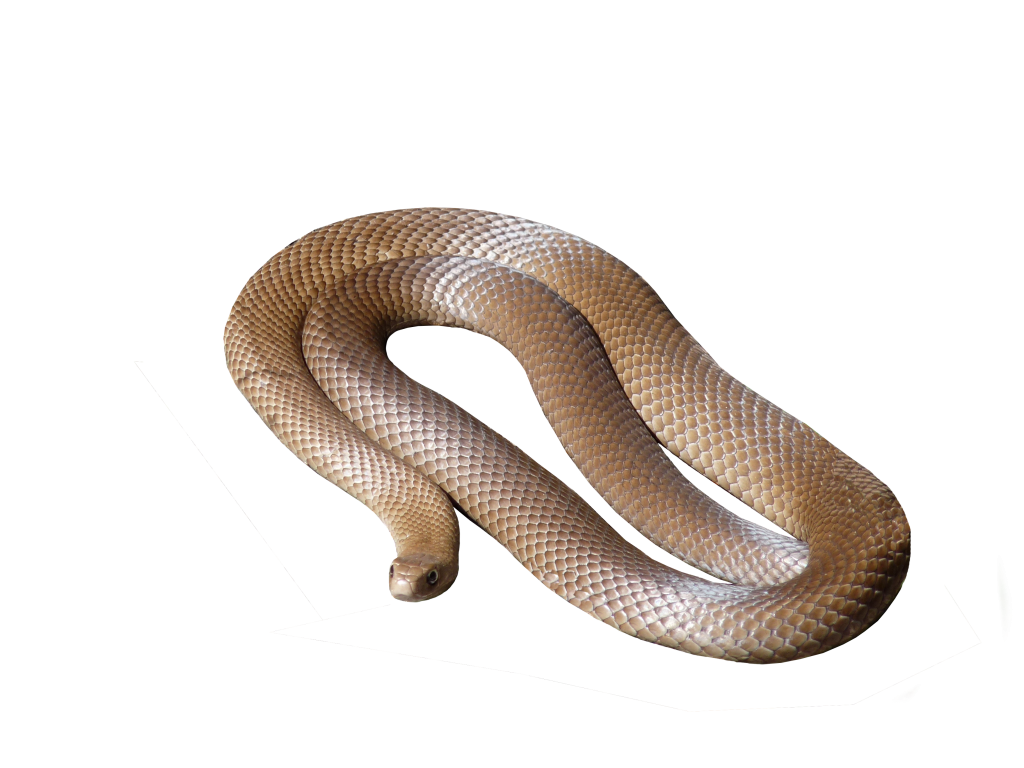
Appearance: Light to dark brown in colour. Juveniles have black bands.
Size: Up to 2m
A fast moving and defensive species. Second most venomous snake in the world.
Tiger Snake
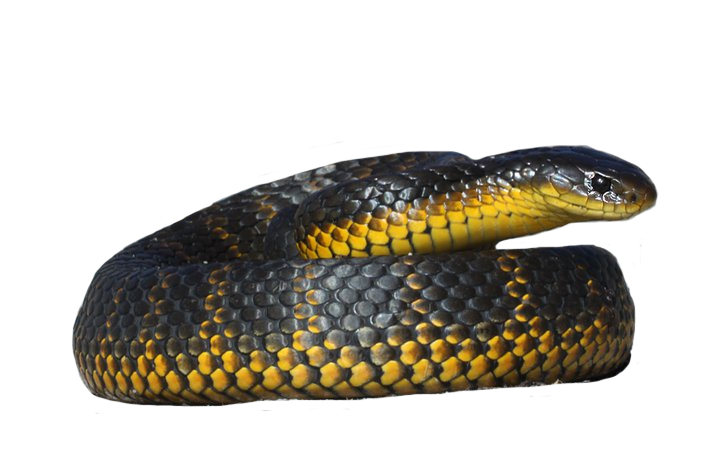
Appearance: Grey-brown with yellow bands. May also be plain coloured.
Size: 1.5m
Often found in wetter habitats in south-eastern Australia.
Death Adder
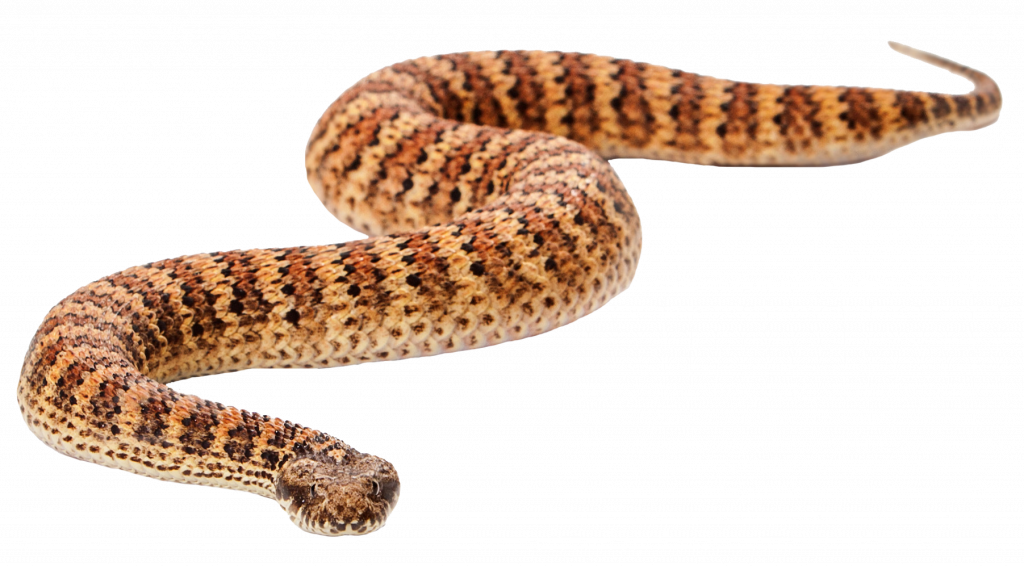
Appearance: Grey to brown with lighter bands. Short and stocky, with an arrow shaped head.
Size: Up to 75cm
Often sits covered in leaf litter. Encountered both day and night.
Coastal Taipan
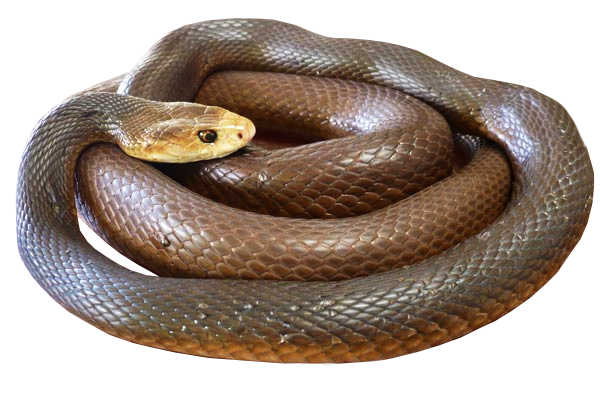
Appearance: Brown with a pale head.
Size: Up to 3m
Australia’s longest venomous snake. Found throughout the northern parts of the country.
Article written by Ben Dessen
